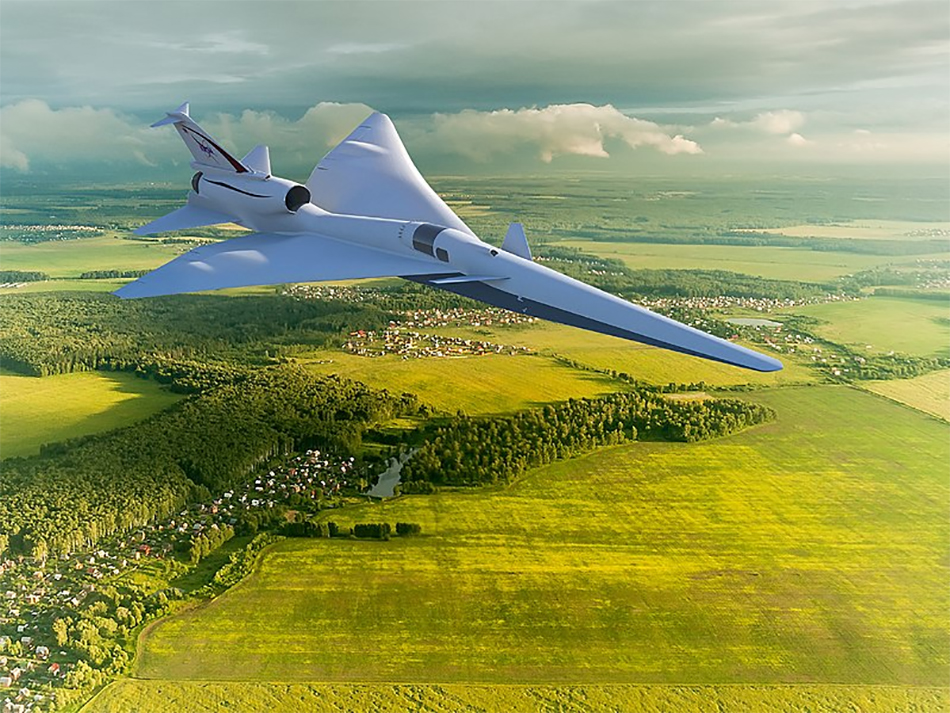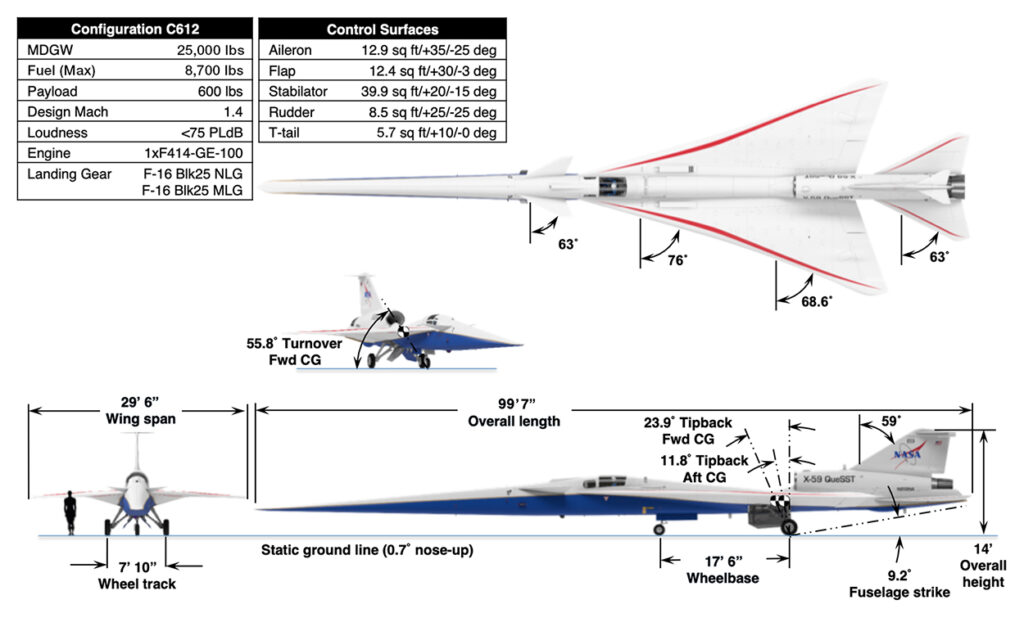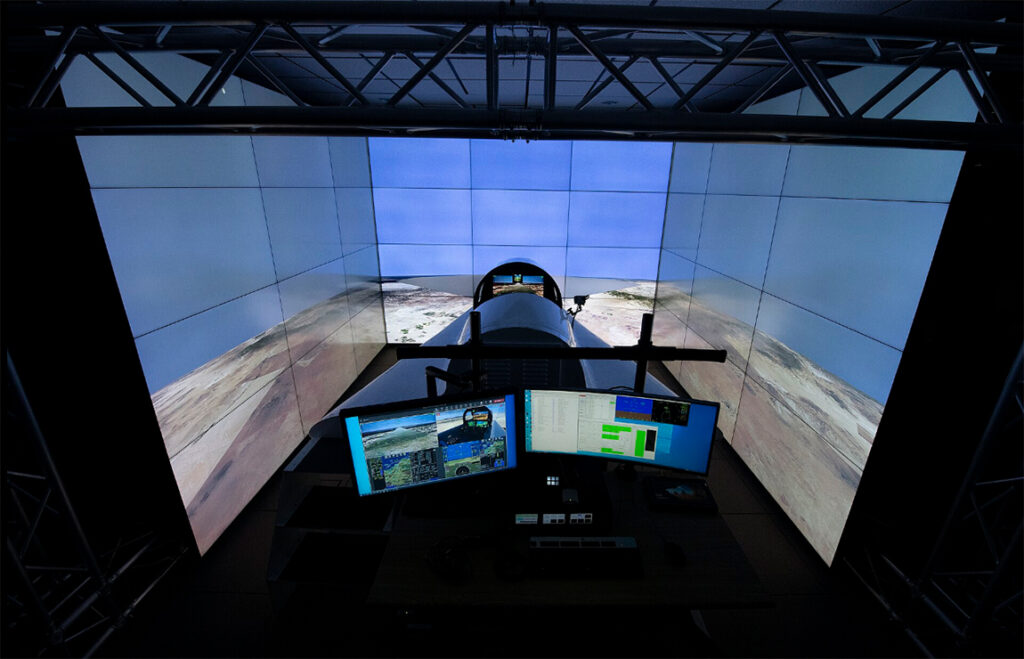Revolutionizing Supersonic Travel: NASA’s X-59 Quest for Quieter Skies

With the NASA X-59 Quiet Supersonic Aircraft, the field of astronautics has made significant progress. A new age of supersonic flying has begun. Together, Lockheed Martin and NASA created this unique aircraft. It demonstrates the intelligence and diligence with which individuals strive to advance technology. The X-59 will transform air travel by enabling quicker overland flight and much reduced noise levels. Its distinctive shape aims to lessen the grating impact of loud noises. New advancements in flight technology and corporate aviation will result from this.
NASA’s X-59 Quiet Supersonic Aircraft
Together, NASA and Lockheed Martin created the ground-breaking X-59 Quiet Supersonic aviation, a significant advancement in aviation technology. It was shown at Lockheed Martin’s Skunk Works facility in Palmdale, California. Its objective is to make airplanes quicker and quieter in order to transform air travel. This aircraft is a vital component of NASA’s Quesst project, which attempts to address the problem of sonic booms that occur when swift aircraft pass over land. Its clever design allows it to reach high speeds with less “thump,” making it more enjoyable to fly quickly over crowded locations.
The X-59’s Design and Purpose

The X-59 is built to move at 1.4 times the speed of sound, which is about 925 mph. This is a key part of its plan to lower noise levels. As part of the Quesst mission, it wants to collect information that might lead to a rethinking of the rules that protect against business supersonic flying over land. The plane’s thin, curved nose and smart placement of its engines help it go fast and make less noise, showing that environmentally friendly supersonic travel is possible.
Preparations for First Flight and Future Plans
Currently, the X-59 is undergoing extensive preparations for its first flight, including systems testing and taxi testing. Its initial flight, scheduled for later this year, will be a significant step in quiet supersonic aviation. After tests at Skunk Works, it will be moved to NASA’s Armstrong Flight Research Center for further operations. The program’s next phase involves flight tests over various U.S. cities to collect public feedback on its sonic impact, aiming to inform future aviation policies.
Advanced Features of the X-59

The X-59 is distinguished by its unique design and technological advancements. It measures 99.7 feet in length, with a slender build essential for mitigating sonic boom impact. Its long, thin nose and cockpit’s central placement, devoid of a forward window, are critical for aerodynamics and noise control. The eXternal Vision System compensates for the lack of a forward window, providing pilots with a comprehensive view. Furthermore, the strategic placement of the engine on the aircraft’s top and a smooth underside are integral to its low-noise design, showcasing NASA’s commitment to innovative supersonic technology.
Speed, efficiency, and environmental sensitivity were combined in the X-59 Quiet Supersonic Aircraft, a turning point in aviation history. NASA’s partnership with Lockheed Martin marks a new era in supersonic flight and a quieter, faster future. The X-59 might change air travel rules and worldwide aviation regulations with its first flight and future operations. This innovative and forward-thinking enterprise showcases superior aviation engineering and a dedication to blending technology advancement with social well-being.